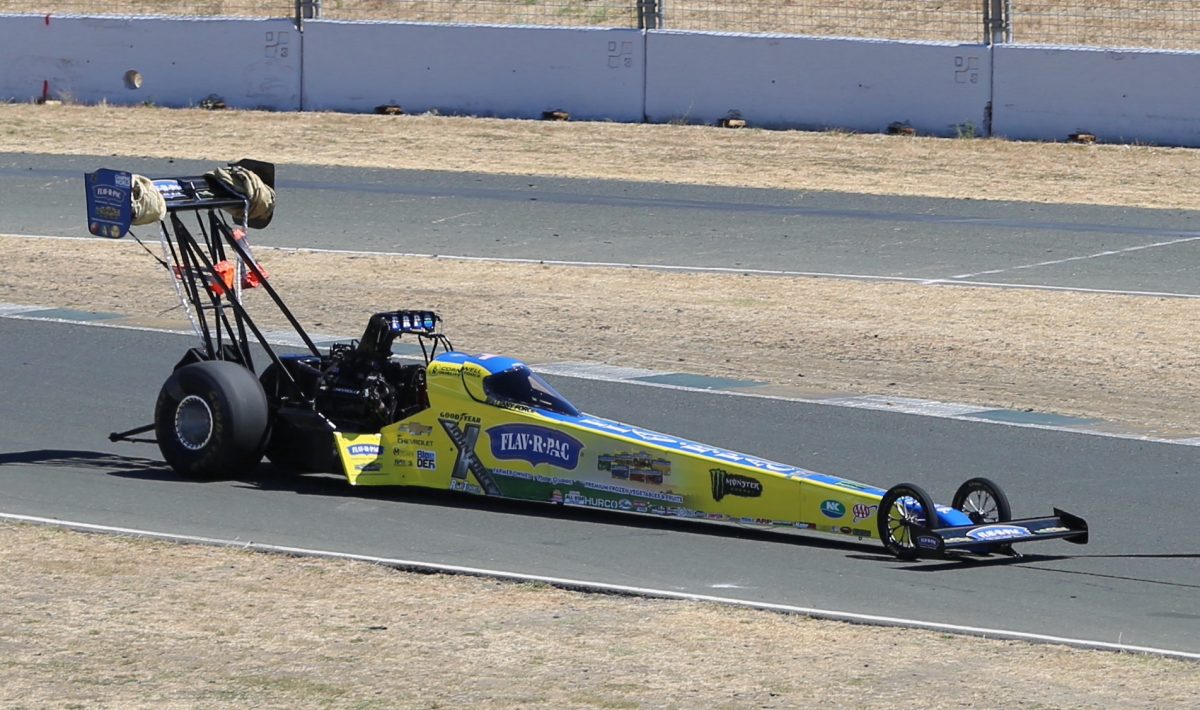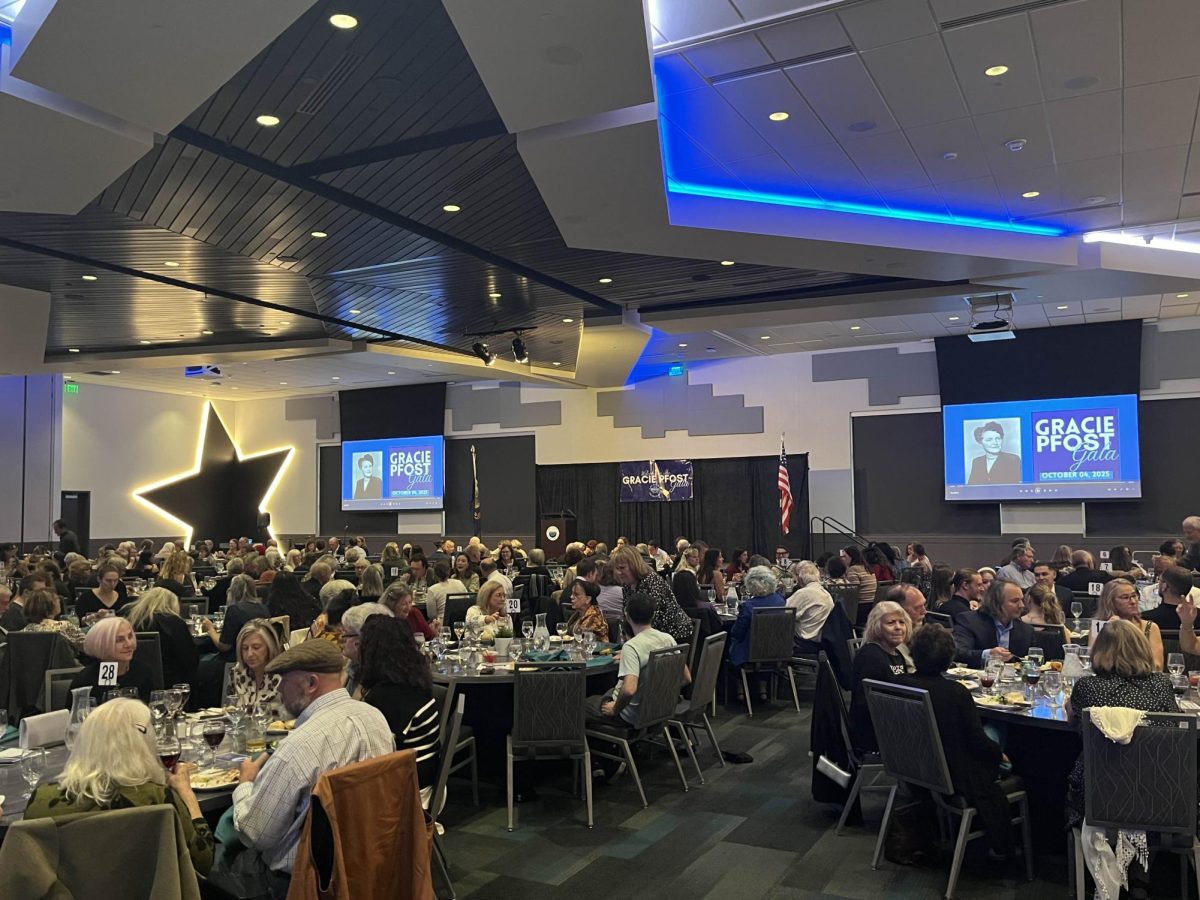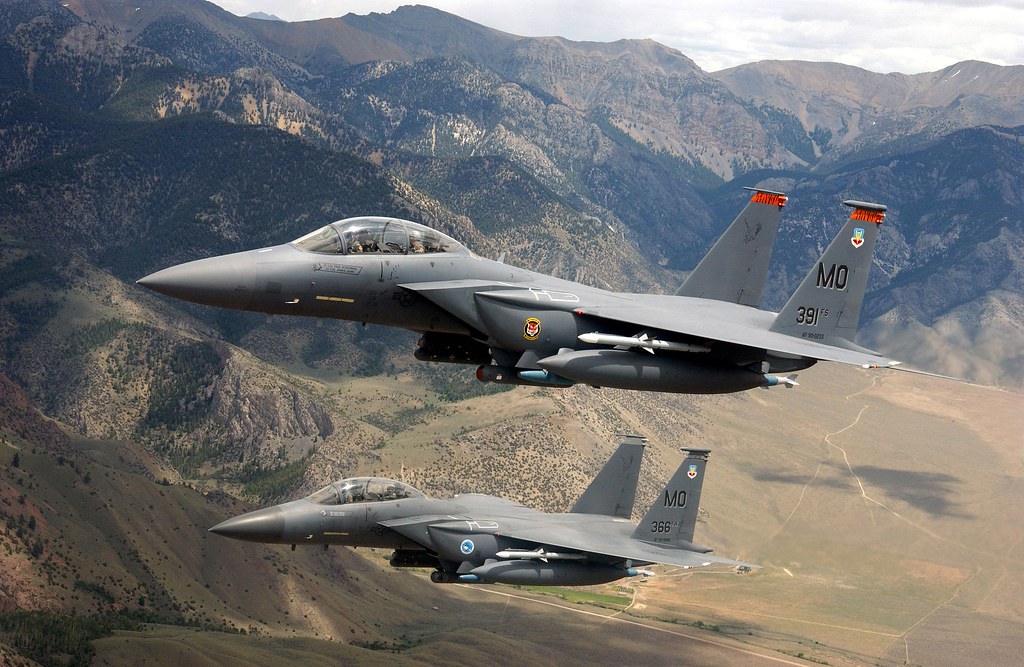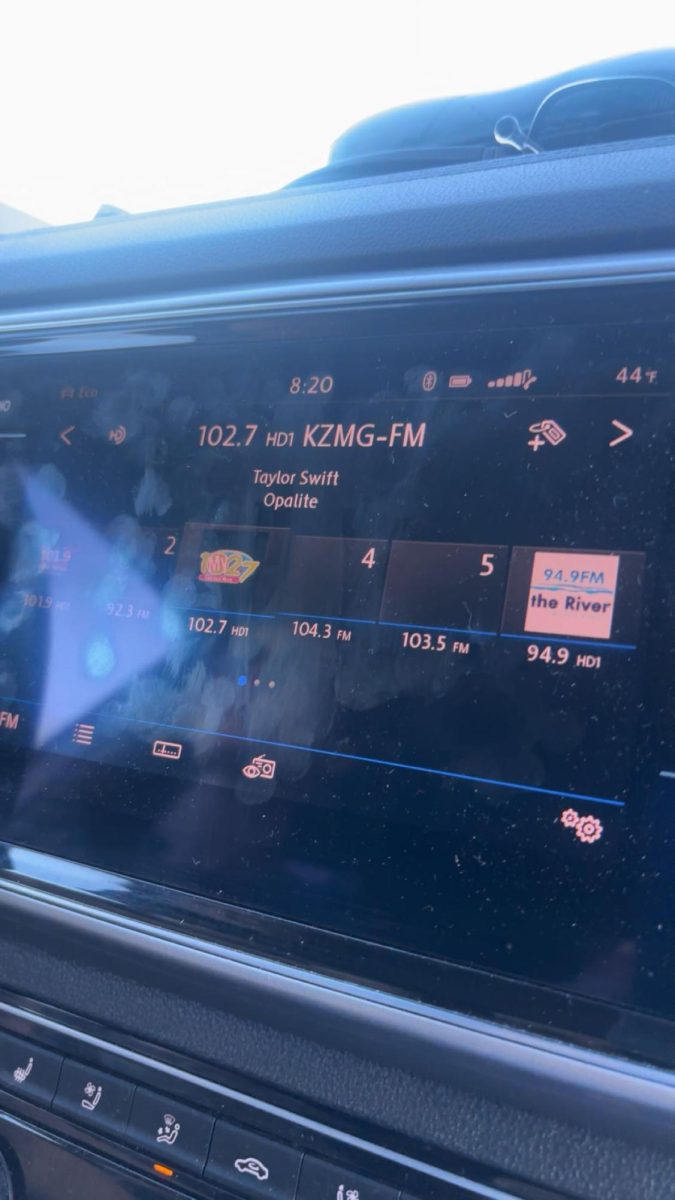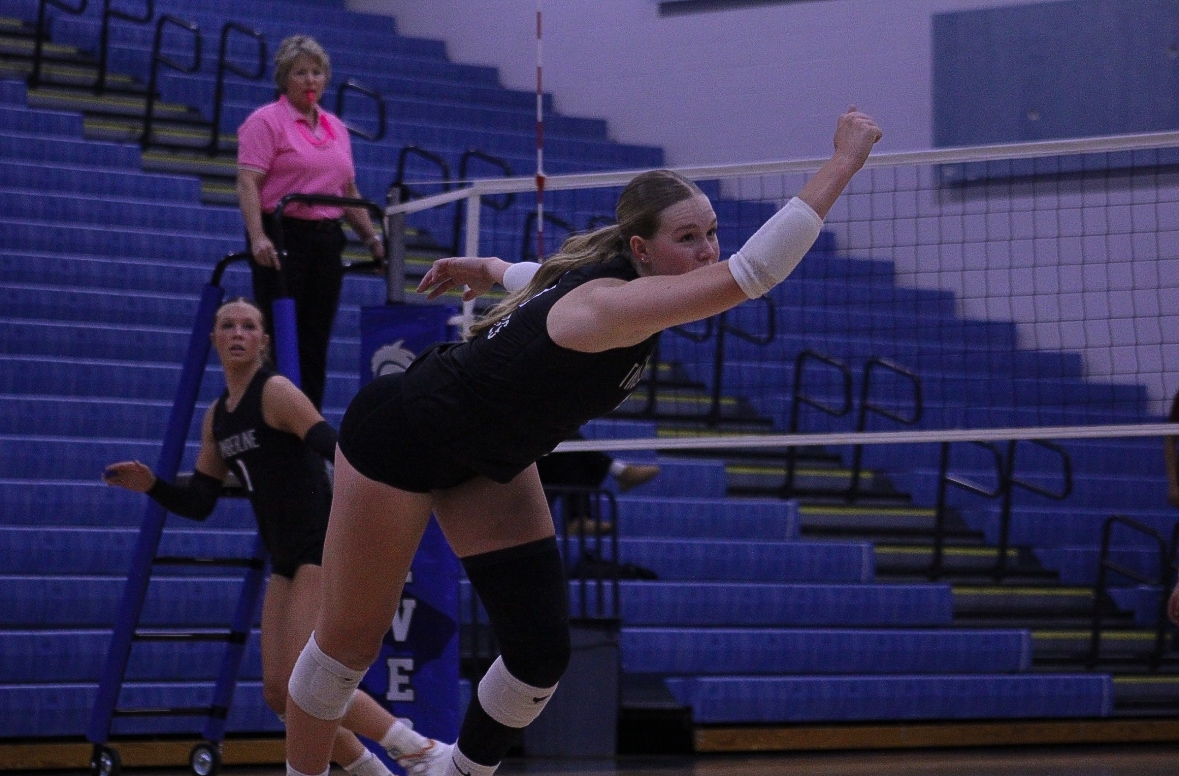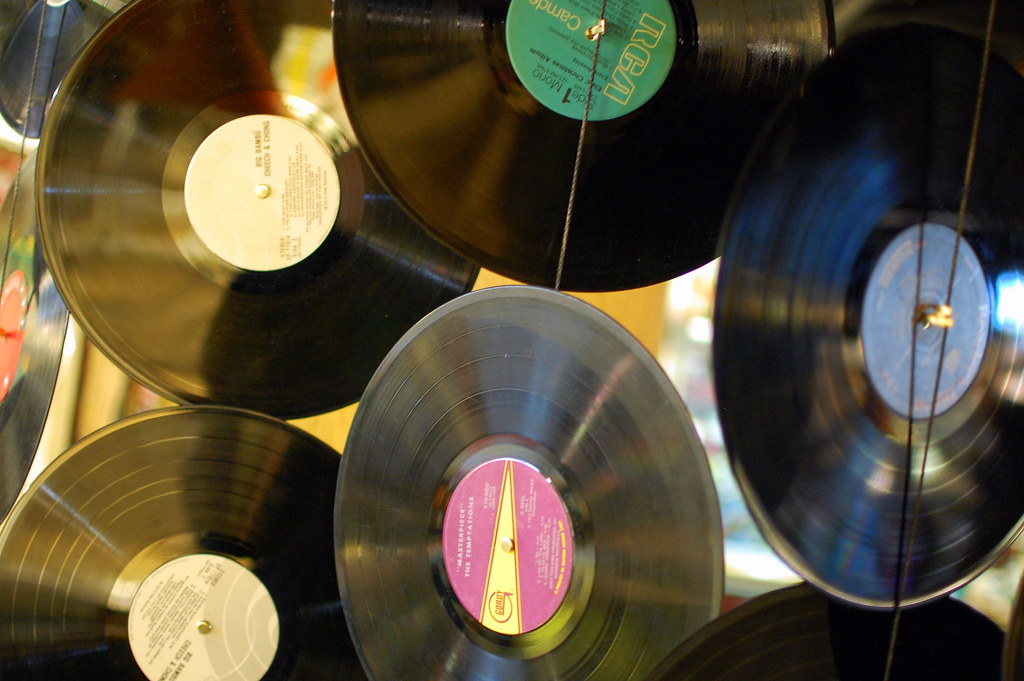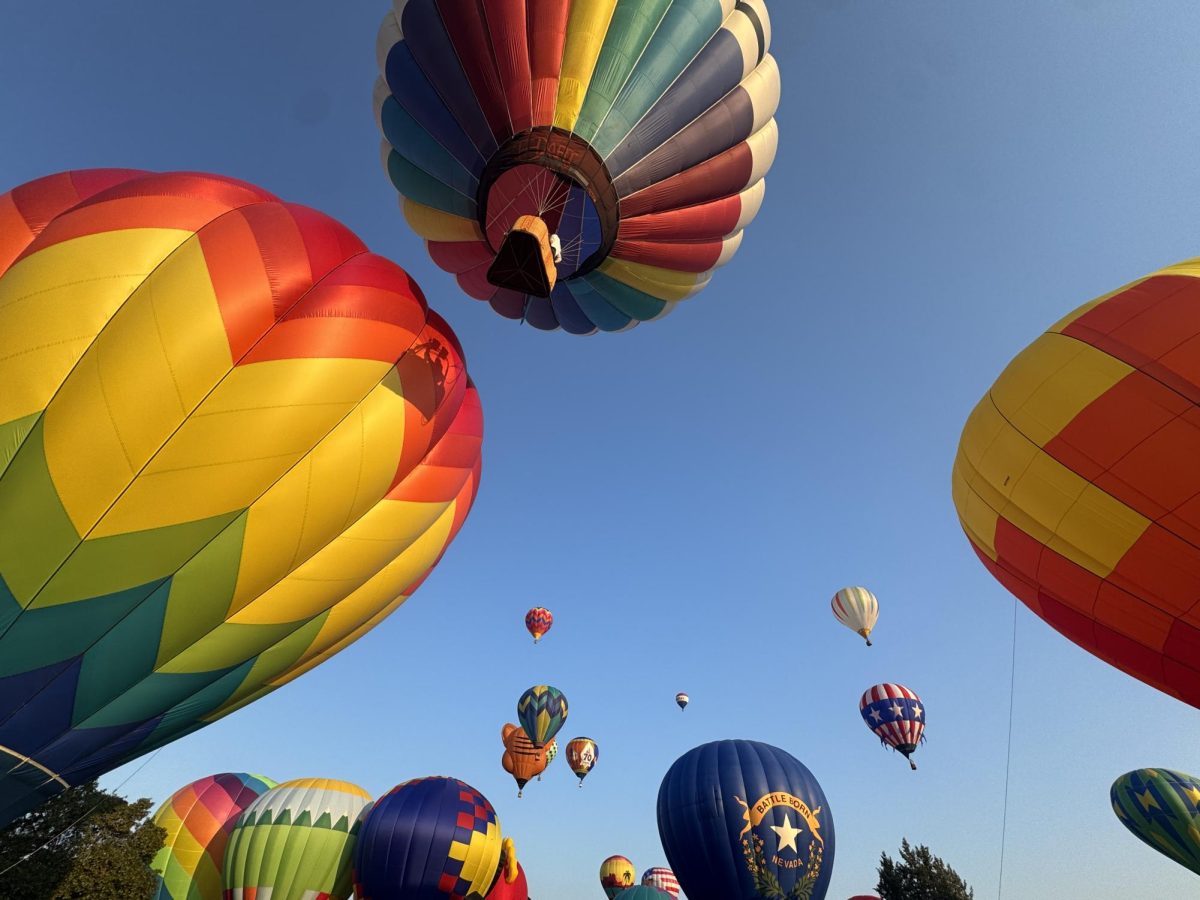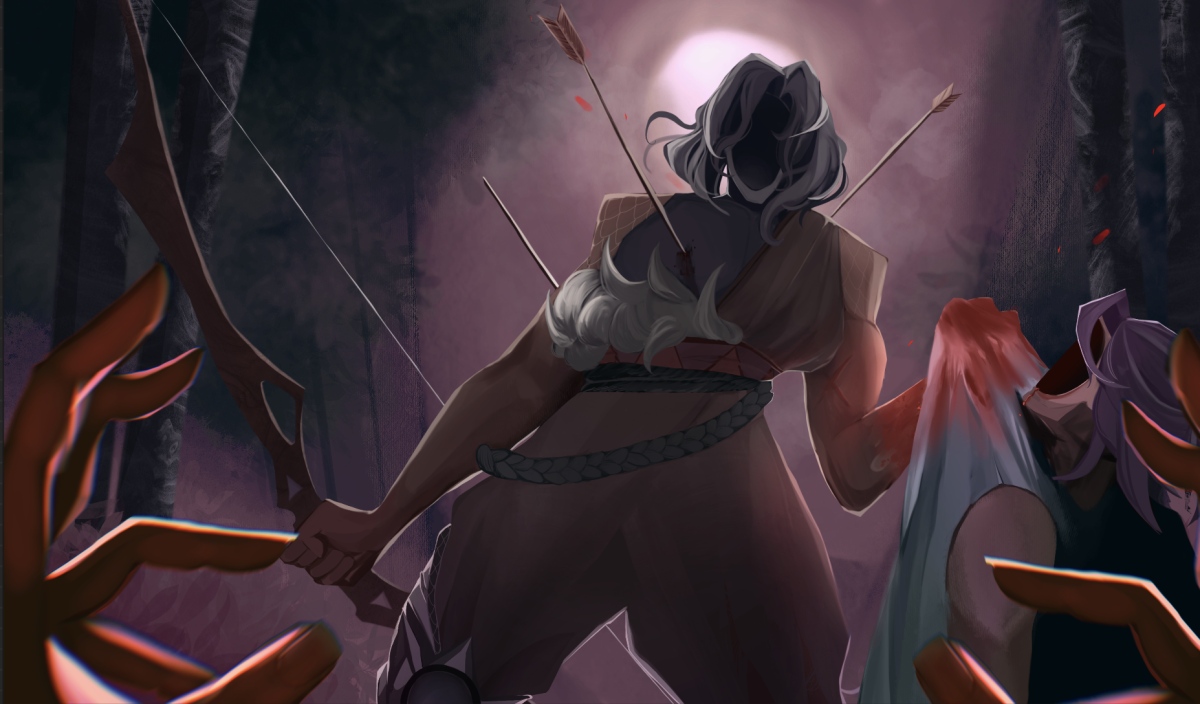Late Fire Season is Heating Things Up
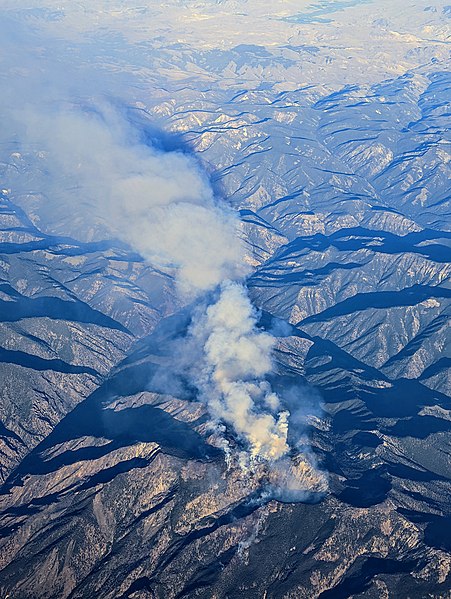
Photo by: Dick Lyon
Jul. 22, 2022 – An aerial photograph captures the status of the Moose Fire, just north of the Salmon River.
September 20, 2022
As of September 11, 2022, the state of Idaho leads the nation in the number of large wildfires currently burning. Sitting at a whopping 33 fires and around 250,000 acres burned, smoke and haze has blanketed southern Idaho for the better part of September. Communities across the state have had to monitor the air quality
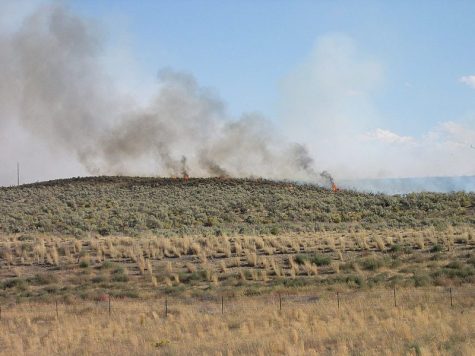
Idaho is no stranger to fires – the Hammett Fire of 2005 burned thousands of acres of highly flammable sagebrush.
index (AQI) daily as sport games and outdoor activities have been canceled due to unhealthy levels of polluted particles.
While over 30 fires currently burn, two main fires make up the majority of scorched acreage. Moose Fire, currently burning north of Salmon, began on July 17 and has burned around 130,000 acres of Idaho property. It was human caused, catching a spark at the junction of Moose Creek and the Salmon River. Even after over two months of fighting and a 800 person firefighting team, Moose Fire is sitting at only 51% containment (subject to change).
South of McCall, the Four Corners fire has seen a large improvement in containment as an 800 personnel team prevented the popular vacation spot from suffering any lost homes. It began on Aug. 13, following a lightning strike in the area, and was highly worrisome for cabin-dwellers in the Cascade and McCall communities. In some places, the fire burned within a couple hundred feet of homes. And while air quality in the Boise National Forest suffered for weeks, no lives or homes were lost thanks to the valiant efforts of Idaho firefighters. Currently, Four Corners sits on the brink of total containment with 96% of the fire’s border controlled (subject to change).
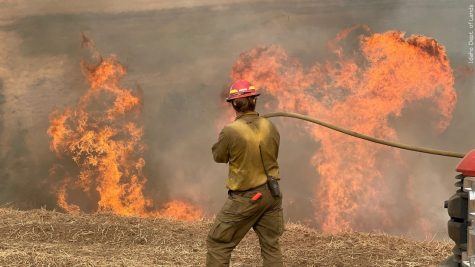
An Idaho firefighter works along the edge of the Four Corners Fire that currently burns south of McCall.
So why exactly are so many fires plaguing our land? September is typically the month where we move out of fire season and into a brisk autumn, but that hasn’t been the case in the increasingly hot and dry southern Idaho.
Actually, an increased number of fires can be attributed to our wet spring, which caused a slow start to fire season but allowed for accelerated growth of “fine fuels” – plants such as grass, leaves, or needles that can ignite readily.
“That wet spring set us up for a lot of grass growth, which Idaho hasn’t had for a number of years, which is great for our wildlife, good for forage for livestock and whatnot, but it also presents a possible fire danger that we have been realizing that throughout the summer,” said Marshall Thompson, a regional press officer with the U.S. Forest Service.
The fire situation is quite a plight in the West, because no perfect solution truly exists. If there’s no rain, vegetation becomes arid, eager to be seared by a stray spark. Yet if there’s too much rain, grasses grow faster and longer, increasing the quantity of fuel to be burned. At some point, Idaho residents come to expect hazy August skies, and are accustomed to the familiar scent of char. Still, it’s important to stay aware of our ever changing situations and keep track of fire danger in our areas. Idahoans should look out for each other, just as we look out for our land. We have endured decades of smoldering fire seasons, yet we can always improve in how we treat our home. Just as our iconic furry friend Smokey Bear says, “Only You Can Prevent Wildfires!”
You can track fires in Idaho through The Idaho Department of Fish and Game’s online Idaho Fire Map, which is updated every weekday.


